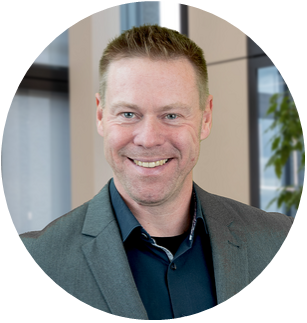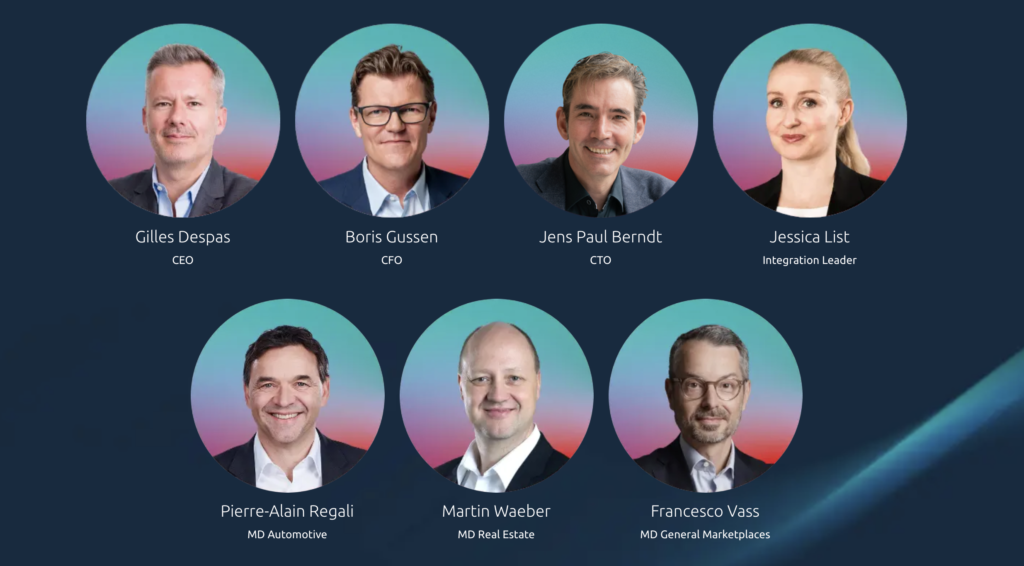Home ownership continues to be a trend: Owners of condominiums and single-family homes responded again in May with price increases. However, there are significant differences, both between regions and property types, as shown by the latest figures from the ImmoScout24 Purchase Index.
According to the ImmoScout24 Purchase Index, compiled in collaboration with the real estate consulting firm IAZI, the increase in asking prices in May was particularly significant for condominiums, recording an increase of 0,8% compared to the previous month. Single-family homes are also being advertised at higher prices, with a moderate increase of 0,3%. These developments show that sellers are still optimistic about the Swiss housing market and assume that the willingness to pay is still not exhausted despite the very high price level.
Regional differences in the number of purchase offers
Anyone looking to buy a home in Switzerland will find conditions vary greatly depending on the region. “The selection is currently particularly large in the Lake Geneva region. What’s particularly striking is that it has by far the largest number of condominium listings in Switzerland,” explains Martin Waeber, Managing Director Real Estate of the SMG Swiss Marketplace Group. Prospective buyers will also find a wide selection in the Mittelland region. The opportunities there are also promising for those looking for a single-family home: Around half of the advertised properties belong to this sought-after housing type. “Supply, however, is most scarce in the Greater Zurich region, one of the three most populous regions in Switzerland: Only about one in twenty properties on the market is located in this region,” Waeber continues.
Single-family homes: Significant price increase in Zurich
Although asking prices for single-family homes rose only moderately nationally in May, this was not the case across the various regions. The Greater Zurich region led the way, with advertised prices increasing particularly sharply last month, rising by 3,9%. Ticino (plus 1,2%) and the Swiss Plateau (plus 1,0%) also recorded above-average increases. In contrast, price reductions, particularly in Eastern Switzerland (minus 2,1%), give prospective buyers renewed hope of realising their dream of owning their own home.
Condominiums: Eastern Switzerland and Central Switzerland in focus
The opposite is true for condominiums: Here, providers significantly raised their price expectations in May, particularly in Eastern Switzerland (plus 2,7%) and Central Switzerland (plus 2,3%). Price expectations are also slightly above the national average in the Greater Zurich region (plus 1,1%) and Ticino (plus 1,0%). In contrast, price reductions for condominiums can be seen in the Central Plateau (minus 0,7%) and Northwestern Switzerland (minus 0,4%).
Date 31 May 2025
Purchase offers for single-family homes throughout Switzerland (CHF/m2)
| 01.05.2025 | 31.05.2025 | Change | in % | |
| Month | 7688.6 | 7710.3 | +21.7 | +0.3% |
| 31.05.2024 | 31.05.2025 | Change | in % | |
| Year | 7430.9 | 7710.3 | +279.4 | +3.8% |
Purchase offers for condominiums throughout Switzerland (CHF/m2)
| 01.05.2025 | 31.05.2025 | Change | in % | |
| Month | 9028.7 | 9097.6 | +68.9 | +0.8% |
| 31.05.2024 | 31.05.2025 | Change | in % | |
| Year | 8624.9 | 9097.6 | +472.7 | +5.8% |
The values may contain rounding differences.

Sebastian Sinemus
Senior Communications Manager Real Estate & Media Spokesperson

